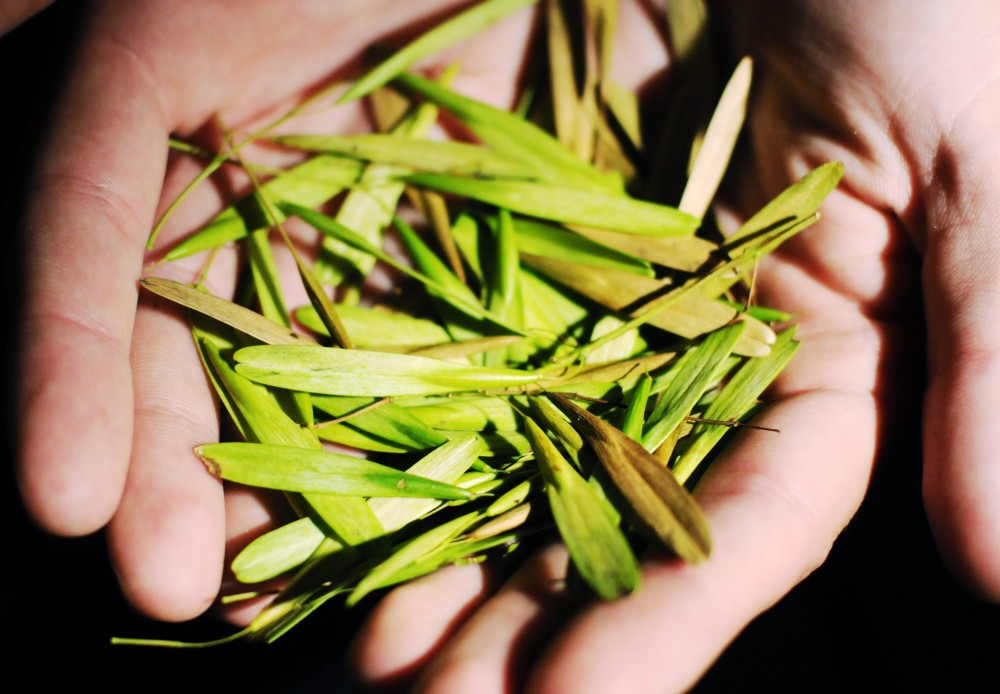The Emerald Ash Borer, a nasty pest that infects ash trees has already been detected in Michigan, Wisconsin and Canada, and experts fear that MinnesotaâÄôs ash trees could be next. In an effort to combat the threat of losing ash trees in the area for good, the University Extension Service and the departments of agriculture and natural resources have trained more than 180 people to be EAB detectors and seed collectors. Although some have gone through specific training, anyone can technically be a seed collector, Mark Abrahamson , EAB Project Manager at the Minnesota Department of Agriculture said. The EAB originally came from eastern Asia as early as 1990, and the bug was then detected in Detroit and Ontario in 2002, possibly after transportation of untreated wood. The EAB affects all three types of ash in Minnesota, green, black and white . Infestation could affect all 867 million ash trees in the state. One of the difficulties with the EAB is that its presence is nearly undetectable for a few years, Andy David , associate professor in the forest resources department at the North Central Research and Outreach Center , said. âÄúThey live under bark, and in the crown of the tree; people donâÄôt get up to see those spots very often,âÄù David said. âÄúUnfortunately the results are not seen until nearly four to six years after itâÄôs been around.âÄù The fall season is the ideal time to collect seeds. David said he spent his entire weekend collecting seeds in the northernmost part of the state. âÄúWe collected seeds near Leech Lake, which will be cleaned and sent to our housing facility in Fort Collins, Colo.,âÄù he said. The Plant Germplasm Repository Center in Colorado can house the seeds for up to 20 years, David said. The seeds collected throughout the season will be stored indefinitely and replanted, just in case an extreme loss of trees occurs. âÄúItâÄôs kind of a new idea,âÄù David said. âÄúWeâÄôll hopefully be able to figure out how to combat the problem, and then replant.âÄù While there is currently no way to stop the infestation of EAB, the bug can be prevented from spreading. Forestry Club President Emma Schultz said insect transportation can occur if firewood is moved. âÄúSo, make sure to burn any wood where you buy it or get it.âÄù Schultz said. Angela Gupta , a University forestry professor, said the University Extension service has also begun setting âÄúpurple, sticky traps,âÄù similar to fly traps, to try and catch the EAB as they fly from tree to tree. Elizabeth McCarthy , a student in the Forest Resources Department, said the risks of the EAB could be very detrimental to Minnesota. âÄúThe green ash is the most common landscape tree,âÄù McCarthy said. âÄúMany streets in the Twin Cities are lined with green ash trees, and if they are to be wiped out, our cities would look much more dreary.âÄù

Image by Tara Sloane
White Ash tree seeds
Emerald Ash Borer threatens Minnesota trees
Published September 29, 2008
0

